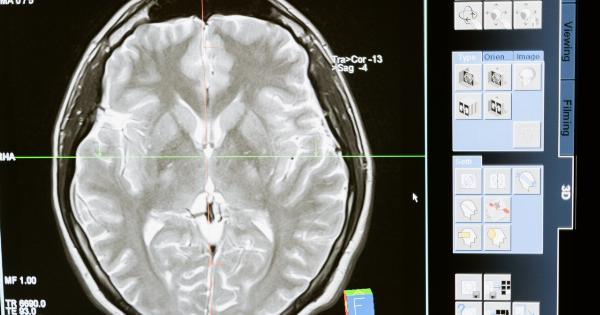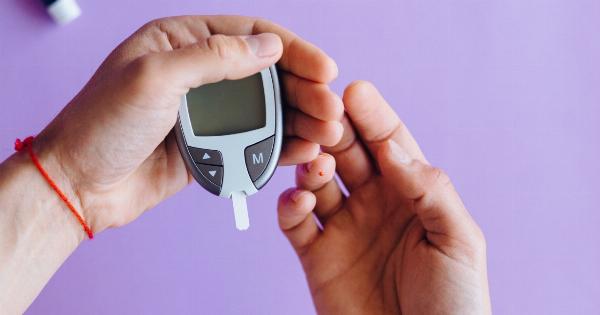Every month, women experience hormonal changes that can affect various aspects of their health, including their skin.
The menstrual cycle is a complex process that involves the interplay of different hormones, and these hormonal fluctuations can have a significant impact on the skin’s health and appearance. Understanding the science behind these changes can help women better manage their skin during their period and minimize any potential issues.
1. The Menstrual Cycle
The menstrual cycle is a natural process that occurs in women of reproductive age. It typically lasts around 28 days, although the length can vary from person to person.
The cycle is divided into four phases: menstruation, the follicular phase, ovulation, and the luteal phase. During these phases, different hormones play a crucial role in preparing the body for pregnancy.
2. Hormonal Changes
The key hormones involved in the menstrual cycle are estrogen, progesterone, follicle-stimulating hormone (FSH), and luteinizing hormone (LH).
During the follicular phase, which starts on the first day of menstruation, FSH stimulates the ovaries to produce estrogen. As estrogen levels rise, it stimulates the growth of the uterine lining in preparation for a potential pregnancy.
At the same time, it also triggers the production of collagen, a protein that contributes to the skin’s elasticity and hydration.
As the follicular phase progresses, LH levels increase, triggering ovulation. Ovulation is the release of an egg from the ovary into the fallopian tube, where it can potentially be fertilized by sperm. After ovulation, the body enters the luteal phase.
During the luteal phase, the ovaries produce progesterone to support a potential pregnancy. Progesterone helps maintain the thickened uterine lining and prepares the body for implantation.
However, if pregnancy does not occur, progesterone levels drop, leading to the shedding of the uterine lining and the start of a new menstrual cycle.
3. Impact on the Skin
The hormonal fluctuations during the menstrual cycle can impact the skin in various ways:.
4. Acne
Many women experience breakouts or worsening of acne during their period. This is primarily due to the increase in androgen levels, such as testosterone, during the luteal phase.
Androgens can stimulate the sebaceous glands in the skin to produce more oil, leading to clogged pores and acne formation. Additionally, the rise in progesterone levels during this phase can increase skin inflammation, exacerbating acne symptoms.
5. Dryness
On the other hand, some women may experience dryness or skin dehydration during their period. This is often attributed to the drop in estrogen levels that occurs after ovulation.
Estrogen is responsible for maintaining the skin’s moisture and elasticity, so a decrease in its levels can result in dryness, flakiness, and a dull complexion.
6. Sensitivity
Hormonal fluctuations can also make the skin more sensitive during the menstrual cycle.
Increased levels of prostaglandins, hormone-like substances involved in inflammation and pain, can lead to skin redness, irritation, and heightened sensitivity to external irritants.
7. Skincare Tips for Your Period
While hormonal changes during the menstrual cycle can pose challenges for skin health, there are several steps women can take to manage these effects:.
8. Maintain a Consistent Skincare Routine
Adopting a consistent skincare routine that includes cleansing, moisturizing, and protecting the skin is crucial throughout the menstrual cycle.
Opt for gentle cleansers and hydrating moisturizers to maintain the skin’s balance and combat dryness.
9. Use Oil-Free Products
To avoid exacerbating acne during the luteal phase, opt for oil-free skincare products and makeup. Look for products labeled as non-comedogenic, as they are less likely to clog pores and contribute to breakouts.
10. Spot Treatment for Acne
If acne flares up during your period, consider using spot treatments containing ingredients like benzoyl peroxide or salicylic acid. These can help reduce inflammation and target acne-causing bacteria.
11. Sun Protection
Regardless of the menstrual cycle phase, it is essential to protect the skin from harmful UV rays. Use a broad-spectrum sunscreen with an SPF of 30 or higher and reapply as needed throughout the day.
12. Addressing Sensitivity
If you experience increased skin sensitivity during your period, opt for skincare products specifically formulated for sensitive skin. Look for soothing ingredients like aloe vera, chamomile, or green tea extract.
13. Stay Hydrated
Drinking an adequate amount of water helps keep the skin hydrated from within. Aim to drink at least eight glasses of water a day to support overall skin health.
14. Stress Management
Stress can exacerbate hormonal imbalances and impact the health of your skin. Practice stress management techniques such as exercise, meditation, or deep breathing to help reduce stress levels and maintain skin health during your period.






























